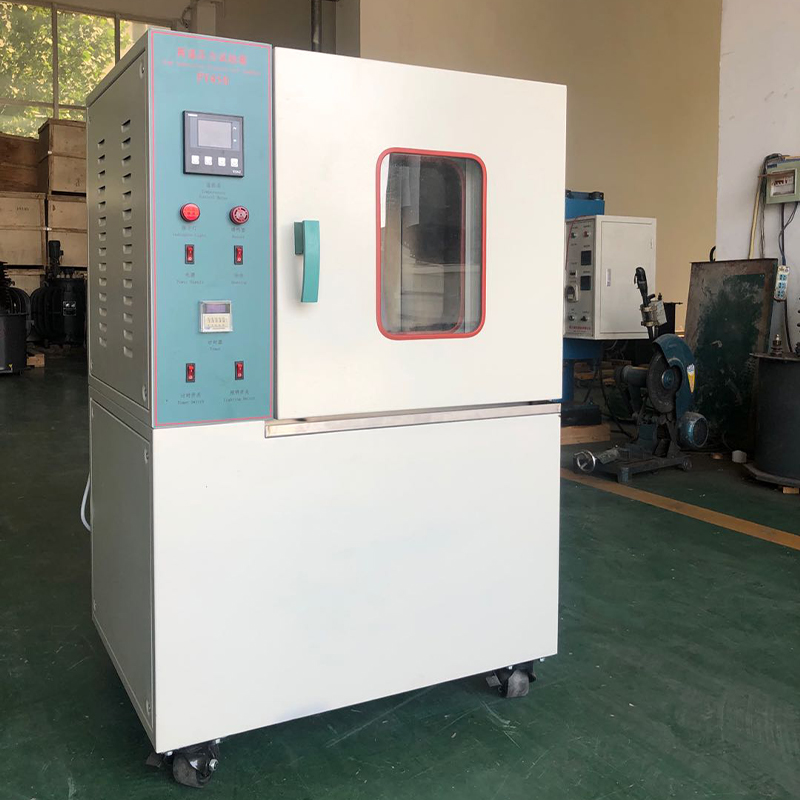Innovative Tools for Accurately Measuring Electrical Resistance in Various Applications and Industries
Understanding Resistance Measuring Instruments A Comprehensive Overview
Resistance measuring instruments are essential tools in various fields such as electronics, electrical engineering, and industrial applications. They are used to measure the resistance of materials, components, and circuits, providing critical data for troubleshooting, quality control, and research purposes. This article aims to delve into the different types of resistance measuring instruments, their working principles, applications, and the importance of accurate resistance measurement.
Types of Resistance Measuring Instruments
1. Multimeters One of the most common resistance measuring instruments is the digital multimeter (DMM). This versatile tool can measure voltage, current, and resistance. It typically features a simple interface, allowing users to switch between functions easily. The resistance measurement function is vital for checking the integrity of electronic components, ensuring that resistors, diodes, and transistors are functioning correctly.
2. Ohmmeters An ohmmeter is a dedicated device for measuring resistance. Unlike multimeters, which can measure multiple electrical parameters, ohmmeters focus solely on resistance. They are popular in circuit repairs and diagnostics, where knowing the resistance of a circuit or component is crucial for proper functioning. There are analog and digital ohmmeters, with digital versions providing more accurate and easily readable results.
3. Resistance Bridge A more sophisticated instrument used in laboratories is the resistance bridge. This device measures the resistance by comparing an unknown resistance with a known standard. The most common type is the Wheatstone Bridge, which balances two legs of a circuit. This method provides highly accurate measurements, making it ideal for precision applications.
4. LCR Meter An LCR meter measures inductance (L), capacitance (C), and resistance (R). This instrument is essential in characterizing components in AC circuits, offering additional features like measuring reactance. Professionals in the field of electronics utilize LCR meters extensively for testing circuit components.
Working Principles
resistance measuring instrument

Resistance measuring instruments operate based on Ohm's Law, which states that the resistance (R) of a component is equal to the voltage (V) across it divided by the current (I) flowing through it (R = V/I)
. Most modern resistance meters apply a small, known voltage across the resistor and measure the resulting current to calculate resistance.Using a digital display, these instruments show resistance values in ohms (Ω), with the option to measure in kilo-ohms (kΩ) or mega-ohms (MΩ) for larger values. Advanced devices can also compensate for temperature variations, ensuring accurate readings in fluctuating environmental conditions.
Applications
The applications of resistance measuring instruments are vast and varied. In electronics, they are used to test components, ensuring they meet specifications. In industrial settings, these instruments help monitor equipment health, preventing failures through regular maintenance checks. Furthermore, they are crucial in research and development, aiding scientists in material testing and electric characterization.
Importance of Accurate Measurement
Accurate resistance measurement is vital in ensuring the reliability and safety of electrical systems. Incorrect measurements can lead to circuit failures, component damage, or even hazardous situations like electrical fires. Therefore, investing in high-quality and calibrated resistance measuring instruments is essential for professionals working in any electrical or electronic field.
In conclusion, resistance measuring instruments are indispensable tools that contribute significantly to the maintenance, repair, and innovation of electronic devices and systems. Understanding their types and functioning is crucial for anyone involved in electrical work, ensuring efficiency, safety, and accuracy in their applications.
-
The Role of Tensile Force Testers in Quality Control and Material Science
NewsAug.01,2025
-
Maintenance and Safety Tips for Aging Ovens
NewsAug.01,2025
-
Density Balance in Forensic Science
NewsAug.01,2025
-
Advanced Optical Measurement Technologies
NewsAug.01,2025
-
A Buyer’s Guide to Tensile Test Machines
NewsAug.01,2025
-
Why the Conductor Resistance Constant Temperature Measurement Machine Redefines Precision
NewsJun.20,2025
 Copyright © 2025 Hebei Fangyuan Instrument & Equipment Co.,Ltd. All Rights Reserved. Sitemap | Privacy Policy
Copyright © 2025 Hebei Fangyuan Instrument & Equipment Co.,Ltd. All Rights Reserved. Sitemap | Privacy Policy
